

Damn, that’s clean
I like discussing movies, TV, and music; music production, mixing, & songwriting; us/world news & current events; local news & events (Willamette valley & Pacific NW); general life & hobbies stuff (camping/cooking/whatever)


Damn, that’s clean
As long as it shreds! Dope blue fade on that bad boy

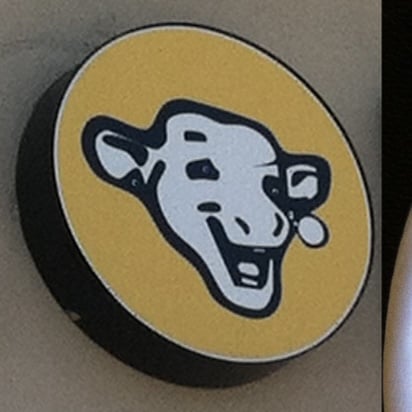
WHAT ARE YOU DOING STEP CAR
If you could get McD’s fries but animal style, we’d have a clear winner. Source: username contains the word obesity
Fuck no
Ohana on Broadway is super cheap. Like a few kinds of veggie rolls for $2.35 cheap. In case you need your fix on a budget. That’s enough to make it my favorite.

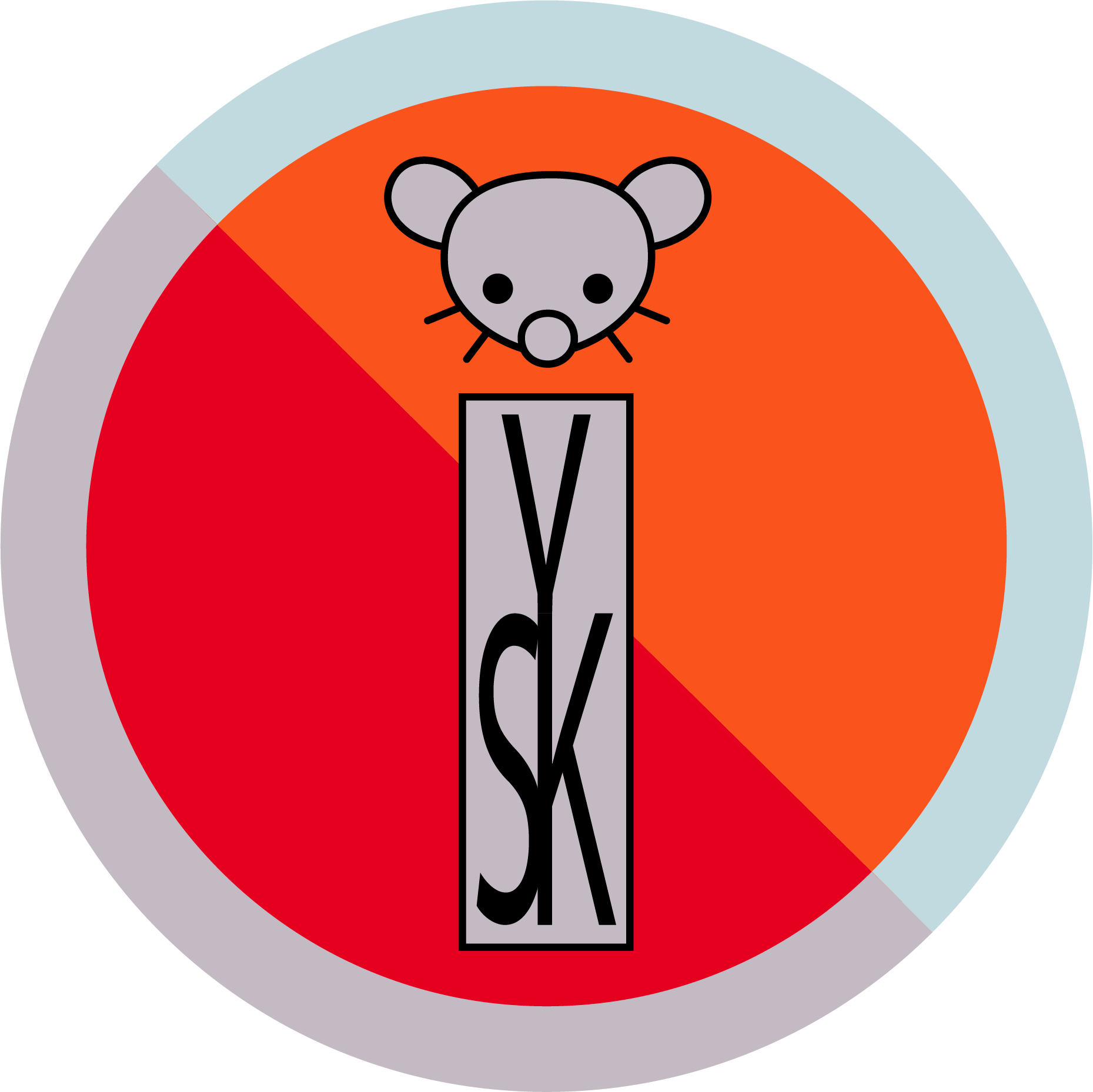
Seems you also sometimes get resurrected 1Y+ necro posts in ‘Hot’, but otherwise yeah you get a lot more post diversity


Better than having me contribute garbage content and drowning out good content with my garbage. I’ll post when I have something worth posting
Something important is missing. Is this a protest against all the bean memes?
Haute edition was GOLD
The pupparazzi strikes again!


Good question! And hard to answer concisely. Sometimes I consider myself an artiste, but this time I was a little more lazy in the artistic department.
I found a photo of another guitar whose tiger stripes looked good to me. I did a perspective transform on the photo to get a flat-image view of the stripes. I traced the image with a bezier curve and did quite a bit of tweaking, and I lined up the stripes against an outline shape of my guitar.
In places where a stripe would wrap around the side of the guitar, I had the stripe change angles so that it is orthogonal to the edge of the guitar, so that the stripe would stay perpendicular to the edge. I created some offset curves parallel to the guitar body profile, offset by a distance of the guitar’s thickness to give me an idea of how far the stripes need to extend past the outline of the guitar to wrap around properly. I used the mirror of the image for the backside of the guitar.
I used a Cricut cutting machine (and the official Cricut software) to cut out the stripes onto an adhesive sheet. Then I put the adhesive sheet onto another adhesive sheet (something called a “transfer sheet”), to facilitate putting it onto the guitar. And I did the same thing for the back side. I then peeled off the transfer sheet and wrapped the remaining part around the sides with quite a bit of overlap for the front/back.
I originally was going to use the negative as a mask for painting (or maybe just paint the negative from the positive mask), but the original adhesive was such a great color already that I decided to just keep it as is and do a clear coat over that.
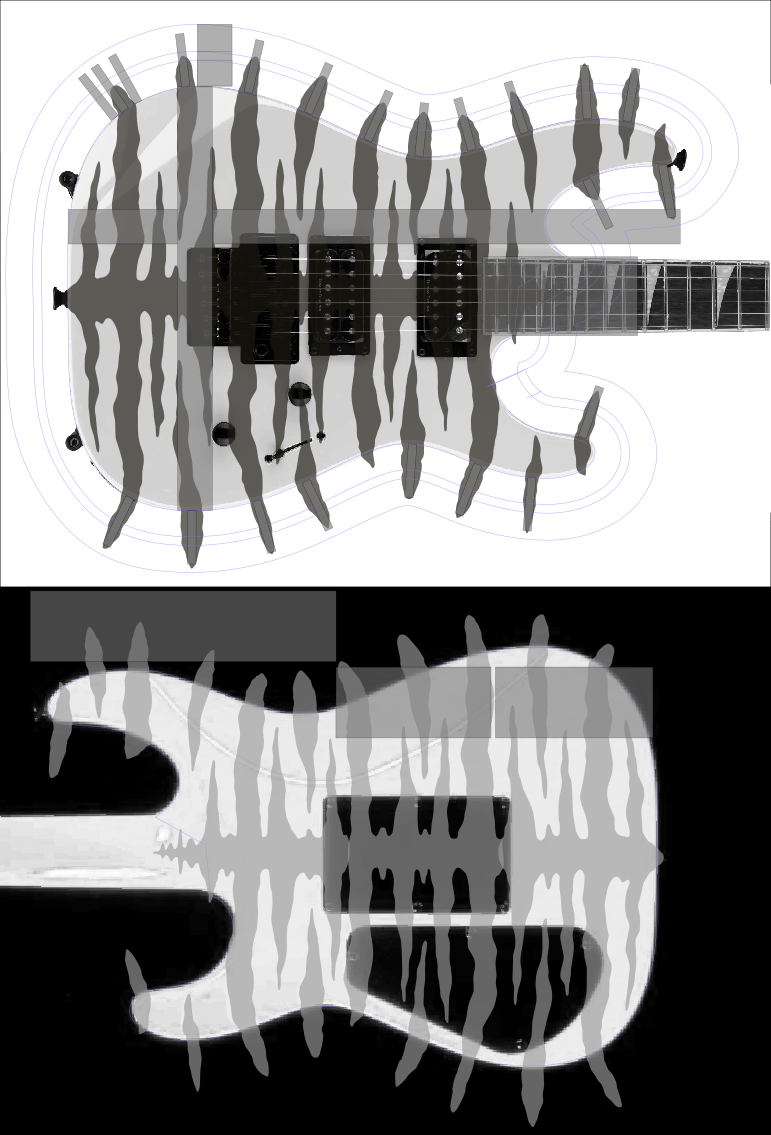


Yup! Usually running some local/dev docker containers for work, so I don’t slow down the laptop I’m actually using with background stuff. They get hot, and I keep them in places where they get hot, but they haven’t died from the heat yet.

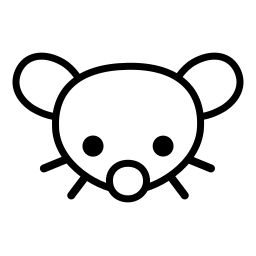
Don’t get me wrong, I think there should be porn on lemmy. It’s great. I just don’t want to get kicked out of the library. Or have a situation where I’m on the train/bus and some toddler is in the seat behind me looking over my shoulder.


I didn’t know that about Mastodon. That sounds pretty cool!


Lol you definitely got the color scheme “nailed” down

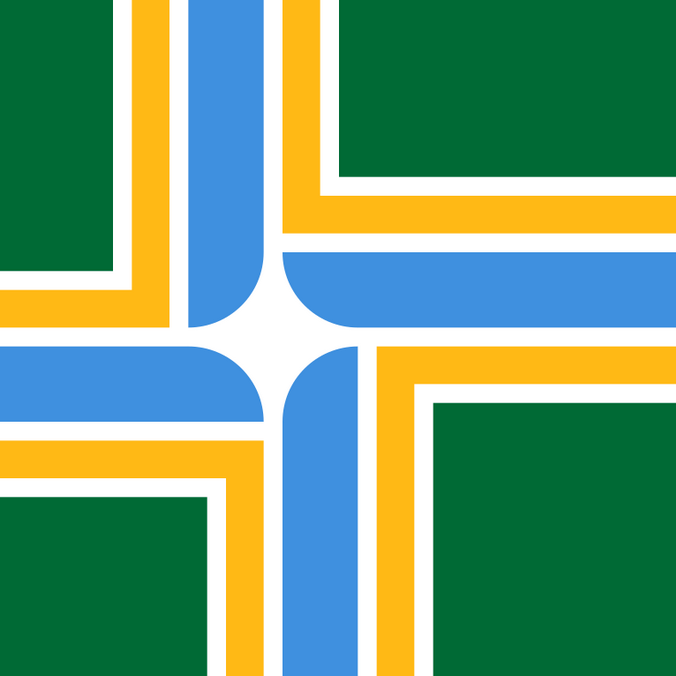
How about criminalizing dealing, Ted? Dealing was never officially decriminalized with measure 110 but it sure isn’t being effectively prosecuted. I don’t mean weed or psychedelics but if you’re dealing new meth, heroin, or fentanyl, you’re basically sentencing your users to death. Seriously, treat that shit like murder 1 if it’s a drug that statistically kills most of it’s users.


I’ve really been digging this one. I was hoping they’d show what’s going on outside, but I’ve been really pleasantly surprised otherwise. And of course it’s way way too tempting to spoil it by looking up the books’ synopses.


Btw a Cricut or similar can work wonders for this kind of thing if you prefer drawing on a computer. I had it cut out the pattern on an adhesive sheet instead of applying/shaping masking tape by hand. Gets a little wonky on the sides but I think it still turned out pretty well.
deleted by creator